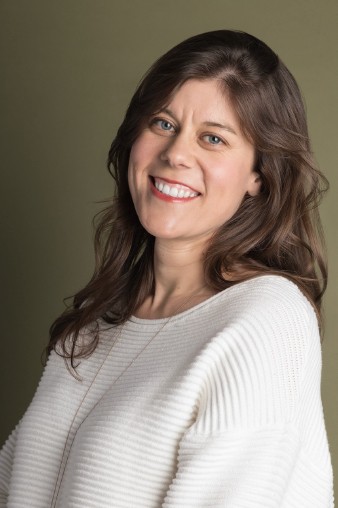Using Art for Development in the Early Years
Written by Jessie Curell
Imagine this scene for a minute: Your child has a marker, crayon, or paintbrush in their hand, and they are scribbling or colouring a likely unrecognizable shape or figure in a notebook or on a canvas. They are enjoying themselves and are engaged with the new imaginative world they’re creating. They look at their work without judgement—not caring whether it’s “good” or not, and not caring if they’re getting messy or not.
Through the active and engaged creation of art, our young children are allowed to express and explore their incredible imaginations and themselves while being curious and solving problems in fun and innovative ways. These are skills that positively translate to other programs, including STEM.
Art is no longer considered merely a “fun activity” for children, but an integral part of learning and growing. Author of “The Artful Parent” Janet Van’t Hul highlights seven key benefits of arts creation for children:
- Art encourages creativity.
- Art promotes neural activity.
- Art builds fine motor skills.
- Scribbling is a precursor to writing.
- Art develops problem-solving skills.
- Art helps children understand themselves and their world.
- Art helps kids connect.
Kylie Rymanowicz, a Certified Family Life Educator knowledgeable in early childhood education and especially passionate about diversity, equity, inclusion, and early social emotional development, writes about “The Art of Creating: Why Art Is Important for Early Childhood Development”. Rymanowicz describes how the innate curiosity and exploration children engage with during the creation process “helps children form connections in their brain, it helps them learn—and it’s also fun”. She lists some great ways parents can encourage children to engage in this “free play” of art activities, including focusing on the process, not the product. When drawing with their children, she suggests that parents try imitating their children’s creative art drawings, instead of the reverse—children trying to copy their parents.
Let’s return to our first scene: In another room beside the drawing child, a second child is sitting on a couch watching a video on YouTube, sitting quietly and passively, required to do nothing except watch and listen. The screen has their undivided attention.
I set up this comparison to make a point: Although many videos and other forms of digital media can be enjoyable, educational, and thoroughly entertaining for a child, too much passive screen time can be detrimental to their health–this isn’t how children learn. Instead, the act of creating is powerful and should be absolutely encouraged. Too often, children and adults alike consume hours of information and content a day, with virtually zero creative output.
If your child is interested in cartoons or other animated videos and is a little averse to traditional art materials you can try introducing them to iPad stop motion animation to them as a fantastic and empowering offline and arts-based digital literacy activity. With this, they can create a storyboard with their own characters made from Lego or modelling clay and bring these characters to life. This type of activity also serves as an important media and digital literacy lesson, helping them better understand how media is made through the creation of their own. The tablet or phone also engages their attention in a good way—the creative way.
Children need to create—not just for fun, but for so many powerful educational and developmental reasons. If it’s also fun, even better! Who doesn’t like to get a little messy and play every now and again?

Jessie Curell
Jessie Curell is a Digital Media Literacy advocate and Founder of Hands on Media Education. She is dedicated to empowering educators, youth, parents, teams, and nations with the skills to thrive in the digital world. Jessie is a well respected and leading voice in media literacy in Canada and has been building media literacy strategies and programs for students, educational institutions, and leaders for over 15 years. Whether responding to a crisis related to safety and security or building preventative educational strategies for schools and organizations, she shares her knowledge, strategies and best practices to build resiliency through creativity.
Subscribe to stay updated with parenting tips and early learning insights.
